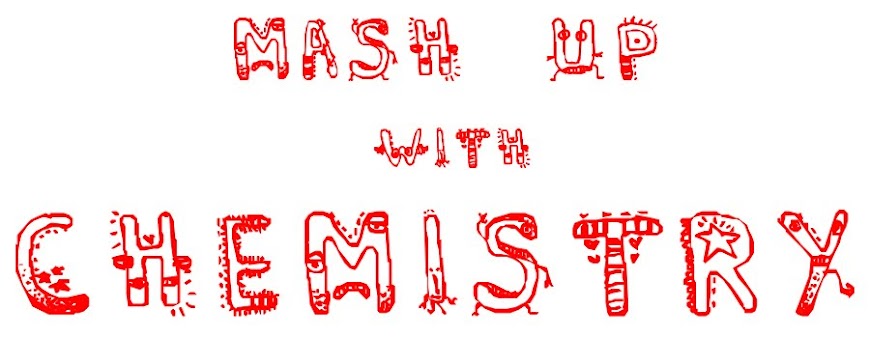In this high-technology era, we can see there are more than 50 different Dead Sea health and beauty products have production facilities operating in the region today. For examples, Dead Sea mineral-based shampoos, conditioners and anti-dandruff treatments, foot creams, sun screens, skin toners, and astringents.
You may have heard that the benefits of Dead Sea products, but what you may not know is, there is a high concentration of minerals in these natural products that makes them so effective at healing and beautifying skin.
You may have heard that the benefits of Dead Sea products, but what you may not know is, there is a high concentration of minerals in these natural products that makes them so effective at healing and beautifying skin.
What is Dead Sea?
It's called the Dead Sea because nothing lives in it. The salts found in the Dead Sea are mineral salts, just like any other ocean but it is almost six to seven times more salty than an ocean! Because of such high salt content, fish or any other water living creature can’t survive in it.
Why Dead Sea is salty??
As you can see from the map above, the Dead Sea is completely landlocked. It gets its supply of water from the rivers (mainly river Jordan) and streams flowing down the mountains surrounding it. No rivers drain out of the Dead Sea- the only way water gets out of the sea is through evaporation. When the water evaporates, it leaves behind all the dissolved minerals in the sea, thus increasing the salt concentration and making it saltier.
Composition of Dead Sea
Composition of dead sea water
Calcium sulfate 0.70
Magnesium bromide 0.90
Magnesium chloride 12.30
Calcium chloride 3.46
Natrium chloride 8.55
Potassium chloride 1.07
Chemical compositions of dead sea water (mg/l)
Chloride 212,400.0
Bromide 5,120.0
Bicarbonate 220.0
Sulfate 470.0
Natrium 39,150.0
Potassium 7,260.0
Calcium 16,860.0
Magnesium 40,650.0
Bromide 5,120.0
Bicarbonate 220.0
Sulfate 470.0
Natrium 39,150.0
Potassium 7,260.0
Calcium 16,860.0
Magnesium 40,650.0
What are dead sea minerals and why you should care?
The Dead Sea contains some 45,000 million tons of salts rich in minerals - The Dead Sea Minerals. The compound is refined through solar radiation which neutralizes the sodium chloride (that sinks to the bottom) and leaves the rich compound on the evaporation pool bed. The Dead Sea contains 26 life-essential minerals, twelve of which do not exist in any other sea or ocean in the world.
Some are known to have unique qualities, for instance giving a feeling of relaxation, nourishing the skin, activating the blood systems, healing rheumatic diseases and metabolic disorders. In addition, the natural minerals are essential for correct functioning of the human body and the different skin layers.
- Sodium: Sodium ions remove skin scales and improve its permeability.
- Magnesium: Essential for cell metabolism.
- Potassium: Improves the oxidation and regulates the electrical process of the muscles and the nervous system.
- Bromide: Bromide concentration in Dead Sea Salts is 50 times higher than common salts, thus contributing to their very relaxing effect.
- Calcium: Necessary in strengthening cell membranes and cleansing the pores.
- Zinc: plays a role in enzymatic regulation of cell proliferation.
- Sulfur: helps to kill bacteria and cleanses the blood. It also allows forming of a new layer of cells.
- Phosphorus: participates in protein production. Therefore it is essential for creation of new cells.
- Lithium: relieves skin diseases such as psoriasis, helps to prolong cell life and maintains the nervous system health in the long-term.
- Boron: helps to channel the hormone functions in the skin, particularly estrogen and testosterone. A boron deficiency weakens the cell membranes.
- Strontium: It has effective properties for prevention of itchiness, reduces signs of skin irritations and inflammation.
- Manganese: It participates in the natural process of neutralization of oxidants in the skin (antioxidants) and protects the cells from injury.
Is It Deadly For Human Beings Also?
The answer is No. What is interesting is the fact that you can float in this water! Because of extremely high salt concentration (31.5% higher than normal density1.24 kg/l), the water is much more denser, so that our bodies can float on water. You won’t sink even though if you can’t swim.


















